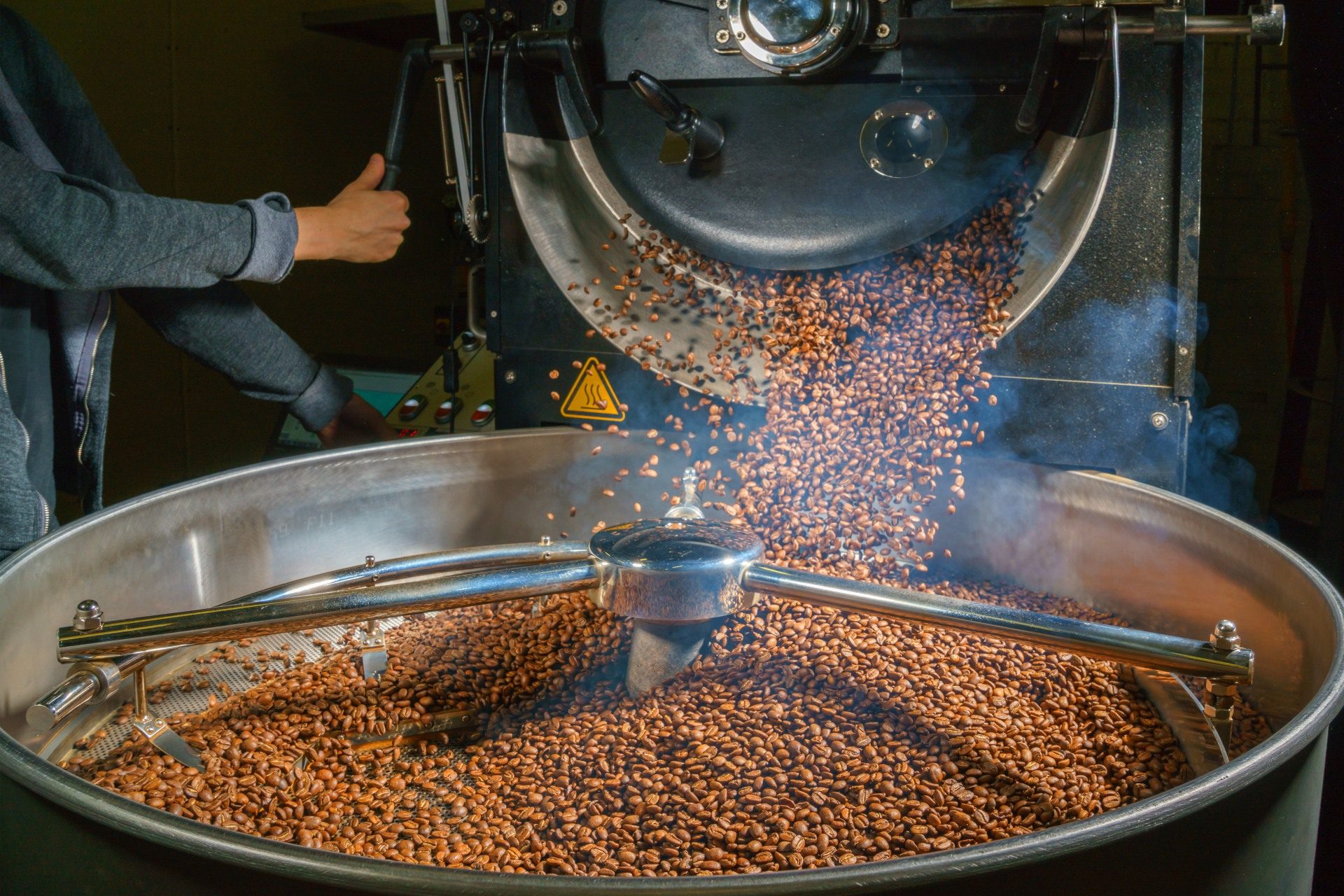Caffeine has an indisputable charm that records the hearts in addition to taste buds involving millions around the particular world. The rich, inviting aroma and the comforting warmth of your freshly brewed mug make it the staple in several homeowners. But for real coffee aficionados, typically the journey to creating the perfect cup includes more than just the brewing process; this starts with the selection of the right java bean blends. Blending together different beans can easily unlock a whole new world of flavours, aromas, and smoothness, elevating your caffeine experience to extraordinary heights.
In this pursuit of beans blends, we'll explore typically the art and scientific research behind creating the ideal mix. The right mixture of beans can easily enhance sweetness, stability acidity, or introduce exciting notes of chocolate, fruit, and even spice. Whether you are an experienced barista or a home brewer, understanding the nuances of java blends will aid you appreciate the craftsmanship involved inside every cup you pour. Join us while we unravel the particular secrets to attaining ideal blend, making each sip a delightful experience.
Understanding Coffee Bean Kinds
Coffee beans come in many varieties, each adding unique flavors and aromas to mixes. Both the most extensively recognized types are Arabica and Robusta. Arabica beans are usually known for their smooth, complex flavors and refined acidity, generating them well-liked by specialty coffee enthusiasts. On the other side, Robusta beans tend to have the stronger, more bitter taste with a higher caffeine articles, often used in espresso blends because of their rich crema and even bold characteristics.
In inclusion to Arabica and even Robusta, there are lots of lesser-known varieties offering exciting possibilities for coffee blends. Some notable examples include Liberica and Excelsa, which in turn present unique flavor profiles like fruity and floral notes. Understanding these types allows coffee roasters to experiment and create blends that cater to a wide variety of palates, improving the overall caffeine experience.
The origin of coffee beans also takes on a significant position in their flavor. Different regions generate beans with specific characteristics influenced simply by factors such since altitude, climate, and even soil composition. Simply by carefully selecting beans from various beginnings, roasters can build unique coffee blends that showcase the best qualities of each and every region, resulting within a harmonious stability of flavors of which coffee lovers can easily enjoy.
Techniques intended for Blending
Blending coffee beans is an skill that requires some sort of keen sense regarding taste along with a great understanding of you will of different coffee beans. The initial technique involves selecting beans coming from various regions. Intended for instance, combining beans from Central The usa, known for their particular bright acidity, along with Indonesian beans, which usually often provide earthy depth, can make a well-rounded cup. By carefully choosing beans centered on their taste profiles, roasters can perform a balanced and even complex blend.
Another approach is experimenting with beef roasts levels. Mixing mild, medium, and darker roasts enables a broader selection of flavours and aromas. A new light roast may introduce floral information and acidity, although a dark roast adds body plus richness. By modifying the proportions plus roast levels, a new roaster can make a blend that will highlights the very best attributes of each bean, offering a unique experience in every cup.
Finally, the skill of cupping is essential in the particular blending process. This specific technique involves tasting and evaluating the coffee to recognize unique flavors and qualities. Cupping allows roasters to assess the way the beans interact any time combined, ensuring that will the last product resonates with the intended flavour profile. By consistently refining the combination through cupping, charcoal grill can perfect their own coffee blends, leading to a harmonious and enjoyable ingesting experience.
Tasting in addition to Adjusting Your Mix

Because you embark on your journey to create the right java blend, tasting gets an essential area of the process. Start by simply brewing a example of your mix using your desired method, whether it’s a French press, pour-over, or espresso equipment. Take notice of the aroma and even the initial tastes that hit your palate. This initial sip can guidebook you on exactly what aspects of the blend be noticeable, such while acidity, sweetness, or perhaps bitterness.
Once you've felt your initial mix, take notes upon what you appreciate and what may need adjustment. Probably the blend is too acidulent for your preference, or it falls short of your body you have been hoping for. Try out different ratios regarding beans, and consider incorporating new varieties that complement your existing selection. Every adjustment can guide you toward a new more balanced and even enjoyable flavor account.
Eventually, don’t hesitate in order to seek feedback coming from others. Sharing your own blend with buddies and coffee fanatics can provide refreshing perspectives that you might not possess considered. Encourage them to share their own thoughts on the flavors and overall experience of your java. coffee bean blends to be able to refine your mix further, allowing that to evolve in a thoughtful and unique creation that flawlessly matches your taste buds.
